FORT HOOD, Texas-1st Brigade Combat Team, 1st Cavalry Division medics went to the field, in the sweltering heat and humidity of a Texas summer, to participate in a demanding training exercise designed to prepare them for the 1st Cavalry Division's first Expert Field Medical Badge testing in eight years.
"It's a once in a lifetime opportunity for a medic to get out there and go out for an EFMB; it's really the epitome of their profession," said Capt. Tyler Cortner ,from Tulsa, Okla., the officer-in-charge of the brigade's EFMB training exercise.
Seventy-six medics from the "Ironhorse" Brigade competed for the brigade's sixty allotted slots. Medics from the 1st Air Cav. Bde., the 1st Medical Bde., and the 41st Fires Bde. joined the "Ironhorse" medics in the exercise.
The training site was organized into stations; each training and testing the various medical and basic Soldier skills necessary to earn the EFMB. Medics testing here must be thoroughly proficient at each task before they will be considered a candidate worthy to go to the actual EFMB test to be held in August, according to Cortner.
"We've identified the candidates and are training them to standard. They don't get a 'go' from a station until they are a 'go' at the task, to ensure they are proficient at every task," said Cortner.
The heat and humidity of the Texas summer also added to the physically demanding and mentally challenging events.
"The training has pushed us to the limits...yesterday I was completely smoked," said Spec. Andrew Thomas, a medic assigned to 2nd Battalion, 8th Cavalry Regiment, from Roland Okla. "One and two person drags, carrying people 300 yards-that'll do it."
This training also has other benefits for the medics. It reinforces standardized medical procedures which some medics have strayed from during multiple deployments. The EFMB training brings the medics back to the Army's established procedures to treat a casualty.
"It definitely reminded me of a lot of stuff I don't do," said Thomas. "You realize you've developed habits to help cut time. They're not bad habits, they are actually good habits, but it's not by standard. It's just tricks of the trade to help you go faster to save more people."
The testing criteria for the EFMB are published by the Army's Medical Department, and are strictly adhered to.
"EFMB is like [the Expert Infantry Badge]; it is graded by badge holders. The problem that has been created over the years is that we've had less badge holders," said Sgt. 1st Class Reginald Carter, from Philadelphia, Penn., the brigade medical operations noncommissioned officer in charge.
The high operational tempo of back to back deployments for the 1st Cav. Div. has prevented testing for the EFMB for the last eight years. This has resulted in fewer EFMB badge holders in the division. Cortner was challenged to find badge holders who could test the medics because so many of the brigade's medics are candidates themselves.
Some of the testable medical tasks include: provide traumatic care under fire; tactical field care; triage casualties; treat for shock; treat for hypothermia; control bleeding with a tourniquet; evacuate casualties while taking fire; load casualties onto trucks and helicopters; and a written test of their medical knowledge.
The basic Soldier tasks include: land navigation; weapons and radio familiarization; movement under fire; react to chemical attack; and react to IED attack.
"It's been rough. Us new guys, we haven't been deployed at all, so it kicks us back to our [advanced individual training]," said Pfc. Nickolas Silva, from San Antonio, Texas, a medic assigned to 2nd Battalion, 8th Cavalry Regiment.
Not everyone can earn the EFMB. Enlisted Soldiers who wish to earn the EFMB must have a medical military occupational specialty; commissioned officers must be assigned or detailed to an Army Medical Corps; and warrant officers must have an Army Medical Department military occupational specialty controlled by the Surgeon General.
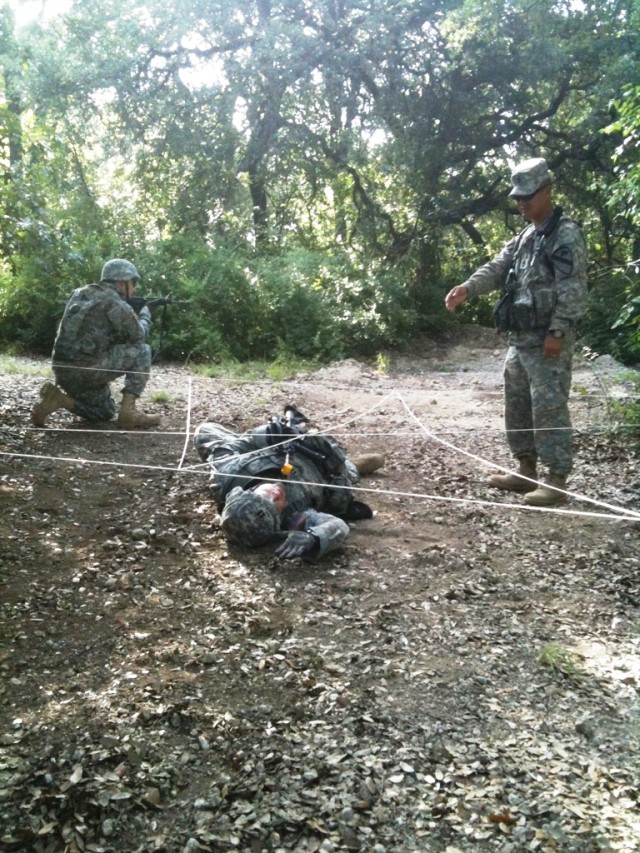

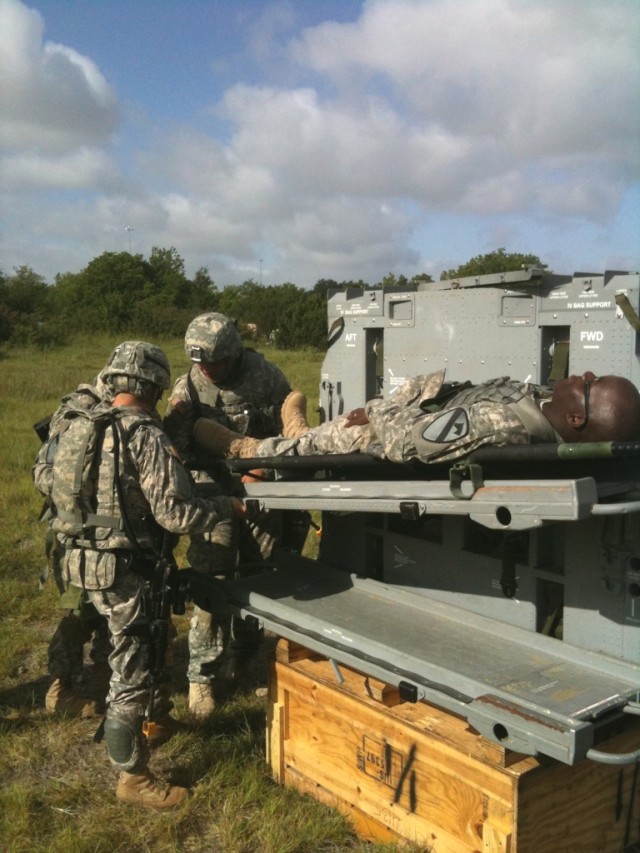


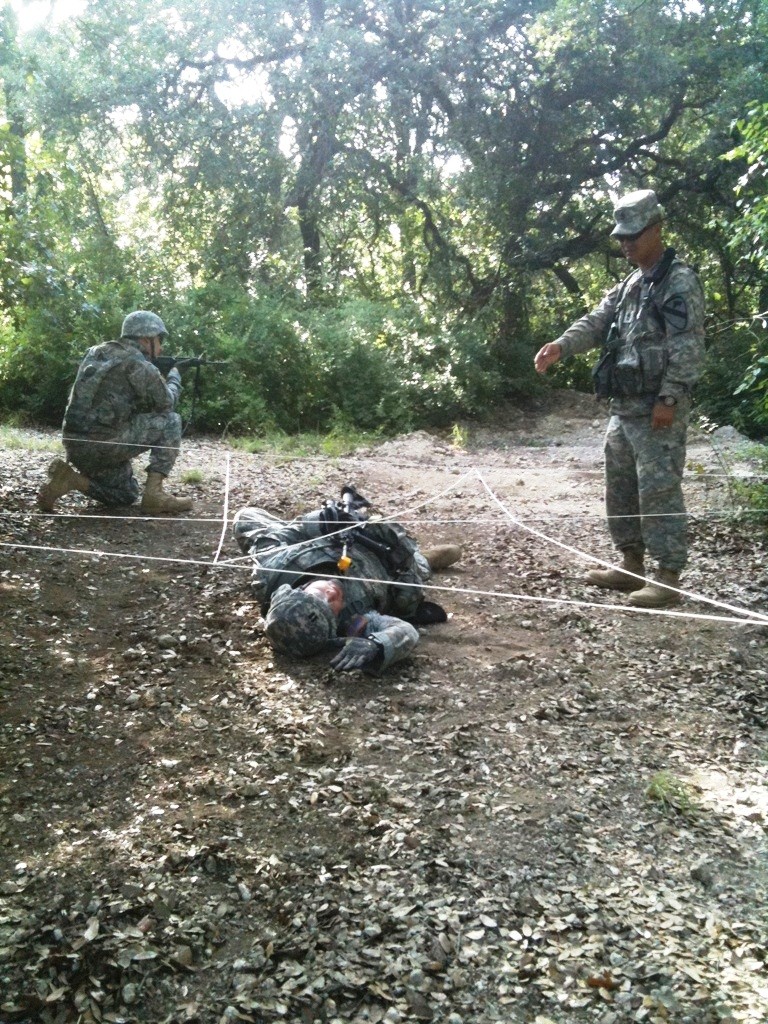
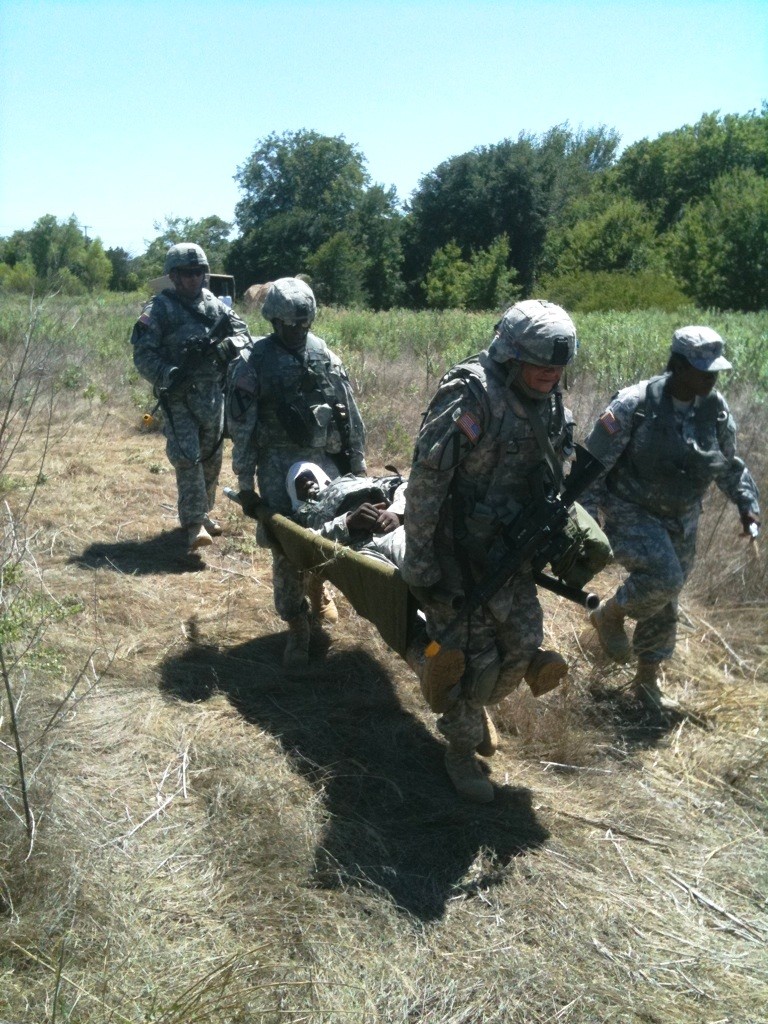

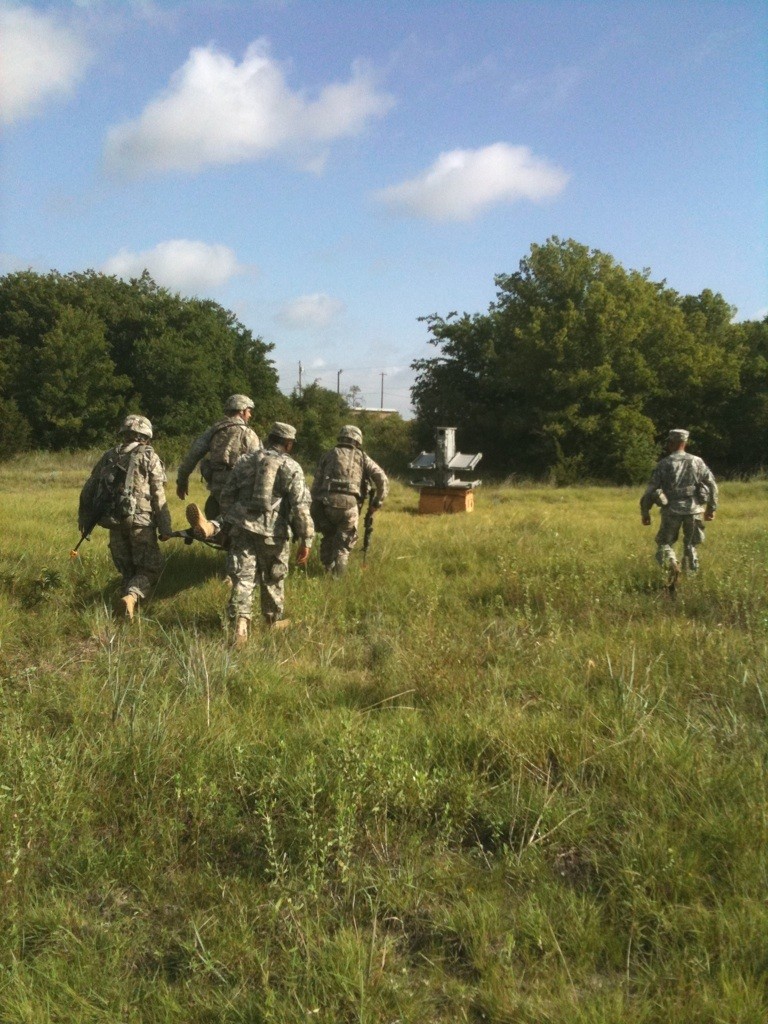
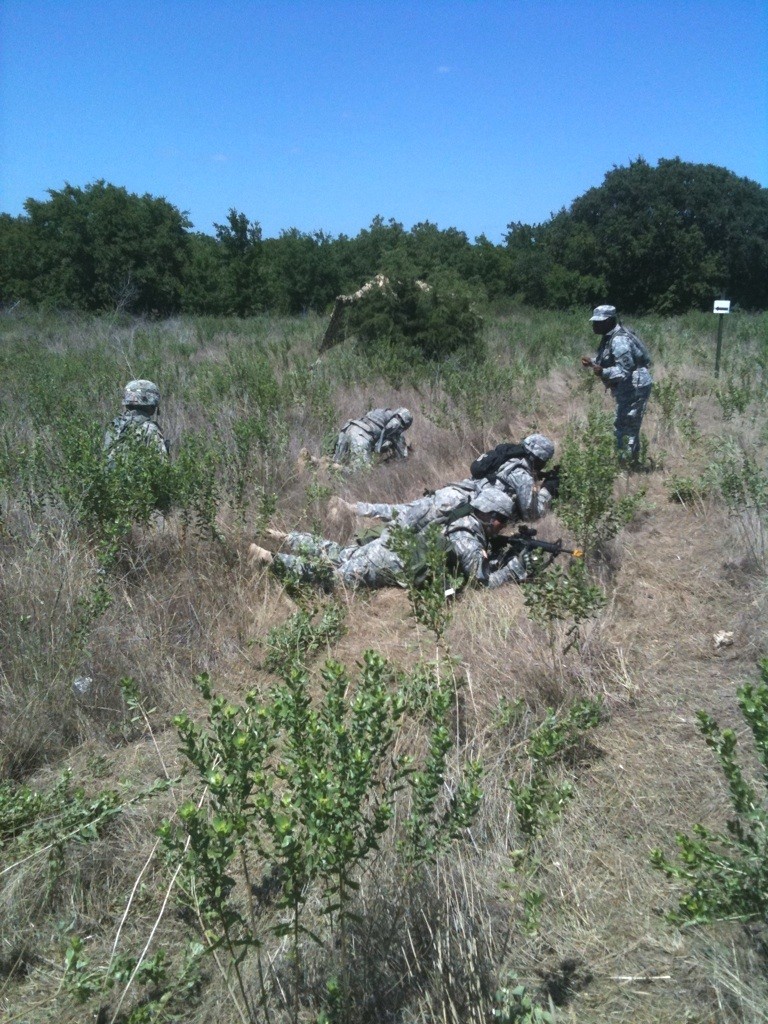
Social Sharing